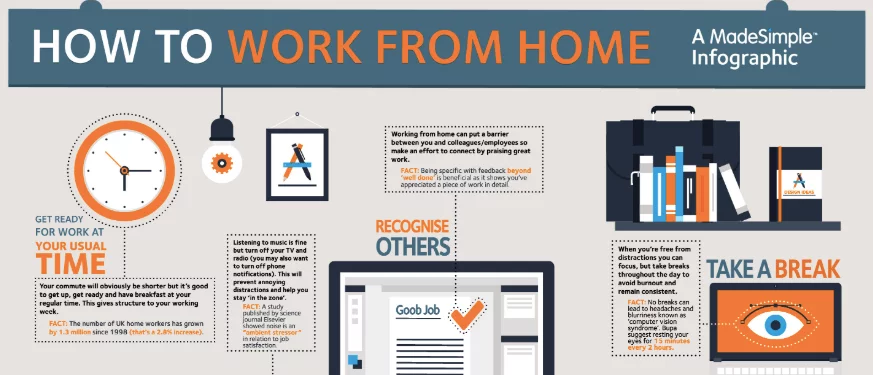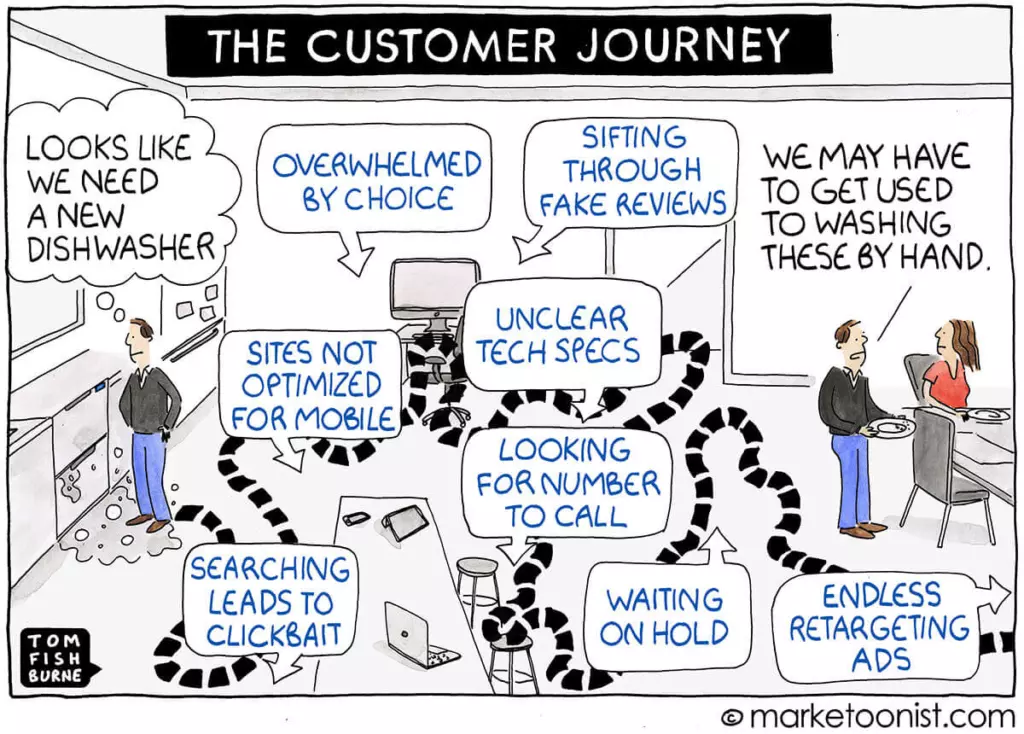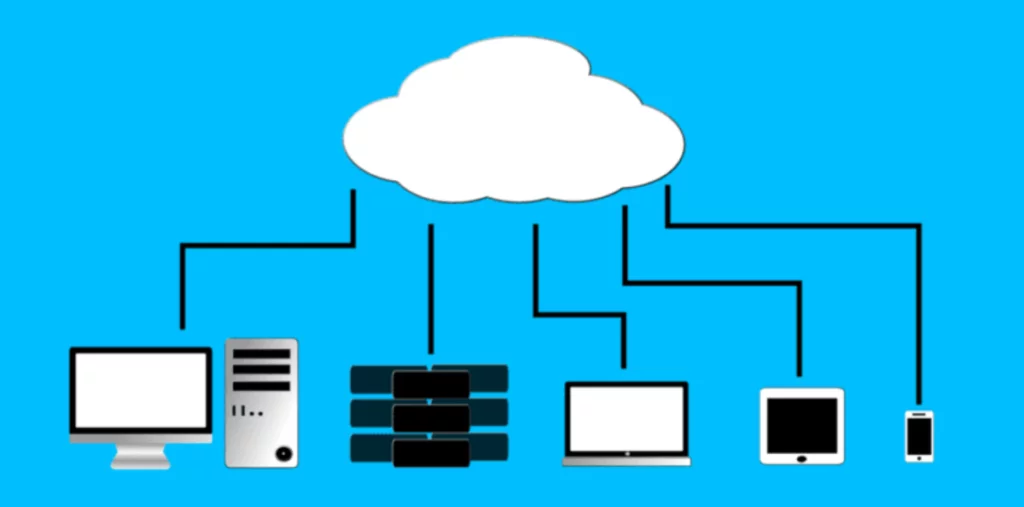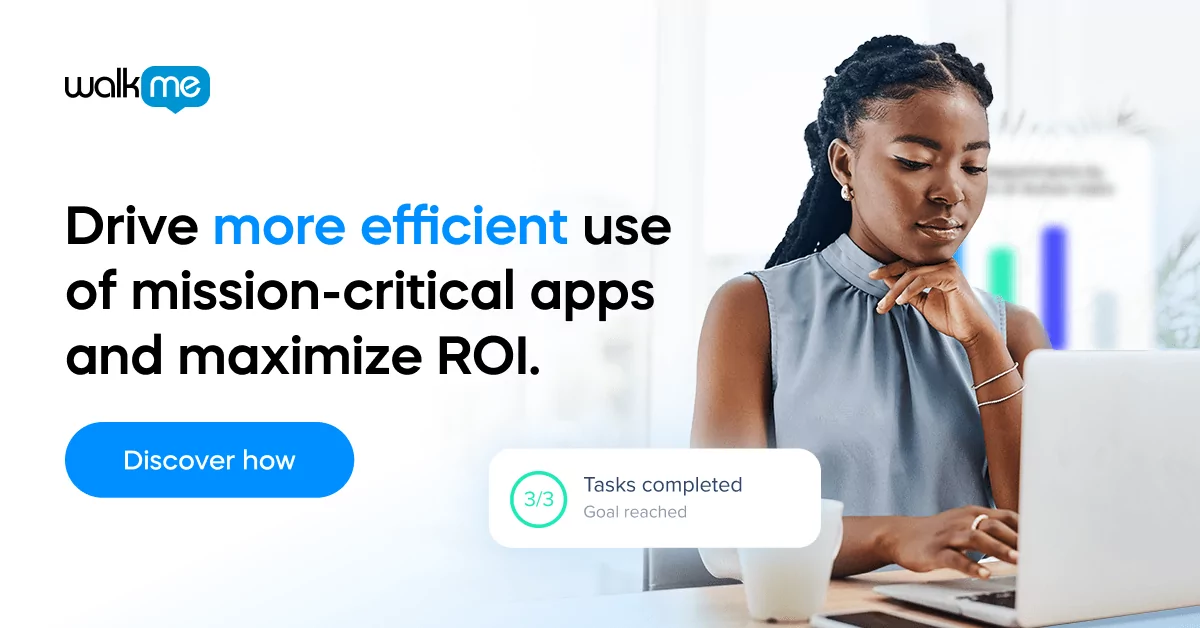COVID-19 has had an enormous impact on business and life as we know it. As social distancing restrictions subside and businesses resume operations, organizations are now entering into a new work reality: the next normal.
Prior to COVID-19 organizations were undergoing digital transformation, some at varying paces. But digital transformation is no longer a process or future end goal, rather it is a need that will define how organizations will continue to survive in today’s new era.
To thrive in the next normal, organizations need to reinvent their digital strategy.
What is the next normal?
“The Next Normal” is a term coined by McKinsey. It is based on the assumption that there is a before and after; the period before COVID-19 and the new normal that will emerge in the post-viral era: the next normal.
This new reality will see a restructuring of our economic, social, and organizational systems, redefining our social interactions and changing our buying habits.
McKinsey suggests that in order for companies to come back stronger, they will have to reimagine their business models by focusing on four strategic areas
- recovering revenue
- rebuilding operations
- rethinking the organization
- accelerating the adoption of digital solutions
Digital strategy is a must
Every company needs a sound digital strategy; a well-developed plan of how they will implement new digital capabilities and software systems to maximize and scale their business goals.
Without a digital strategy, companies will be throwing money at expensive technology without having a clear idea of how their software should be leveraged to ultimately achieve their business outcomes.

Workforce agility – how we work
Pre-pandemic, only 22% of organizations were ready for remote working en masse and employees less so. All of a sudden, living rooms were for public display, and families had to figure out how to balance work and life when it was all happening within the same space.
Communication became virtual, from Zoom to WebEx , and daily check-ins increased. Managers and employees had to figure out a new rhythm to keep in touch, maintain alignment, and still get their work done.
The abrupt move to remote work meant that companies needed to have the right technology in place to ensure their employees could effectively work from home and that their customers would be supported.
Entering into the next normal, remote work will become a mainstay. So much so that Twitter recently announced that employees can choose to work from home indefinitely.
As we look ahead, organizations will be restructuring their workplace models, with many permanently integrating remote work or workplace flexibility into their company’s norms.

Credit: Remote Worktree
Digital savviness
Across departments, a level of digital dexterity and digital savviness needs to be cultivated to drive organizational efficiency.
According to McKinsey, “to deal with the crisis and its aftermath, companies not only need to develop digital solutions quickly but also to adapt their organizations to new operating models and deliver these solutions to customers and employees at scale.”
Some employees are uncomfortable with digital tools or simply don’t have the bandwidth to keep up with new processes. WalkMe’s DAP is a transparent overlay that guides and engages employees across any application while leveraging automation to increase efficiency and accuracy.
Productivity
Changing the structure of work to primarily virtual had many companies concerned with the level of their employees’ productivity.
Regardless of physical location, productivity and engagement are paramount. In order to maximize output, employees need to have easy access to the best software and tools to get their jobs done. But if they are overburdened with complicated workflows and complex systems, employees will be spending more time trying to figure out how to use the software then actually tackling their workload.
DAP can be applied to automate difficult or tedious processes or implement data validation rules. This is not only a time-saver, but affords employees room to focus on more pressing work matters while reducing unnecessary stress and frustration caused by technology.

Onboarding, training, reskilling and upskilling
There are many changes ahead as businesses navigate the next normal. What won’t change is the need to onboard and train employees, only the means of how it’s done.
In-person classroom training is fast becoming unrealistic as many employees are working outside the office. And as processes change and roles shift, companies need to provide the right training and resources to employees at scale.
Using a Digital Adoption Platform introduces new tools and processes to train and onboard employees through contextual and user-specific assistance directly in-app. New hires who won’t have the luxury of in-person onboarding can get ramped up on new software quickly.
As companies evolve and restructure, there is an uptick in reskilling where existing employees are switching roles within an organization and need to train for the new position. Upskilling is also occurring in which organizations need to train their employees on the latest software to keep up with the business’ fast-changing needs.
Embracing digital learning and a digital adoption solution will make sure that any form of training and onboarding can be faster, cost-effective, and tailored to the needs of the individual learner.

Redefine customer journeys – how we buy
Within months, how we socialize, buy and entertain ourselves has radically changed. As customers and consumers, our dependency on technology has significantly increased – and fast.
McKinsey relates that in 2019 it took a leading US retailer 18 months to envision and plan a curbside delivery business. While in lockdown, it took the same retailer only 1 week to fully launch its curbside delivery. Contactless operations are part of the next normal and demand that businesses not only have sound digital operations, but also provide a positive experience to their customers.
Self-service is the name of the game for both customers and company employees. Customers need to easily navigate an organization’s website to complete purchases or get tasks done. The more opaque and complicated the site is, the more likely the customer will become frustrated, not complete their journey or open a support ticket. Opening a support ticket then creates more work for the organization’s support team which as is, may already be overwhelmed and understaffed.
DAP can empower the user experience by providing in-app contextual guidance and support. In addition to supporting customers in real-time, DAP can play a role in customer retention through personalized onboarding, segmented user journeys, and contextual feature promotion. Since face-to-face interactions may be less prevalent, companies need concrete ways to understand how their customers are feeling towards their product. WalkMe Insights gives visibility into user engagement and provides actionable insights to create an even better user experience.
Accelerate tech modernization – how we use technology
CIOs and IT leaders are responsible for keeping their company’s tech-stack updated, maintained, and supported. As we enter this next phase, around 45% of CIOs can expect an IT budget cut. Now budget cuts will be common across all company departments, but for IT, this puts more pressure on ensuring their organizations have the right digital tools to facilitate remote work and prepare for any other potential challenges ahead.
IT teams, if not already, will be pushing their organizations to move to the cloud and reduce, or even eliminate on-premise systems.

Credit: Solutions Review
In an effort to do more with less, DAP can give CIOs and other executives visibility into their company’s software usage to see where costs can be reduced either by removing unused licenses, duplicate systems, or underachieving platforms. DAP can also be used for analytics into user productivity and to pinpoint user confusion (which can be solved by improved training or process automation).
The next normal as an opportunity
Only two in five companies say they are mostly or fully digital, a figure that has not moved since 2018. Post-COVID-19 can be the push that companies need to excel in the next normal.
With a comprehensive digital strategy in place that includes digital adoption solutions, companies may find they are able to flourish in ways they couldn’t have imagined before.


